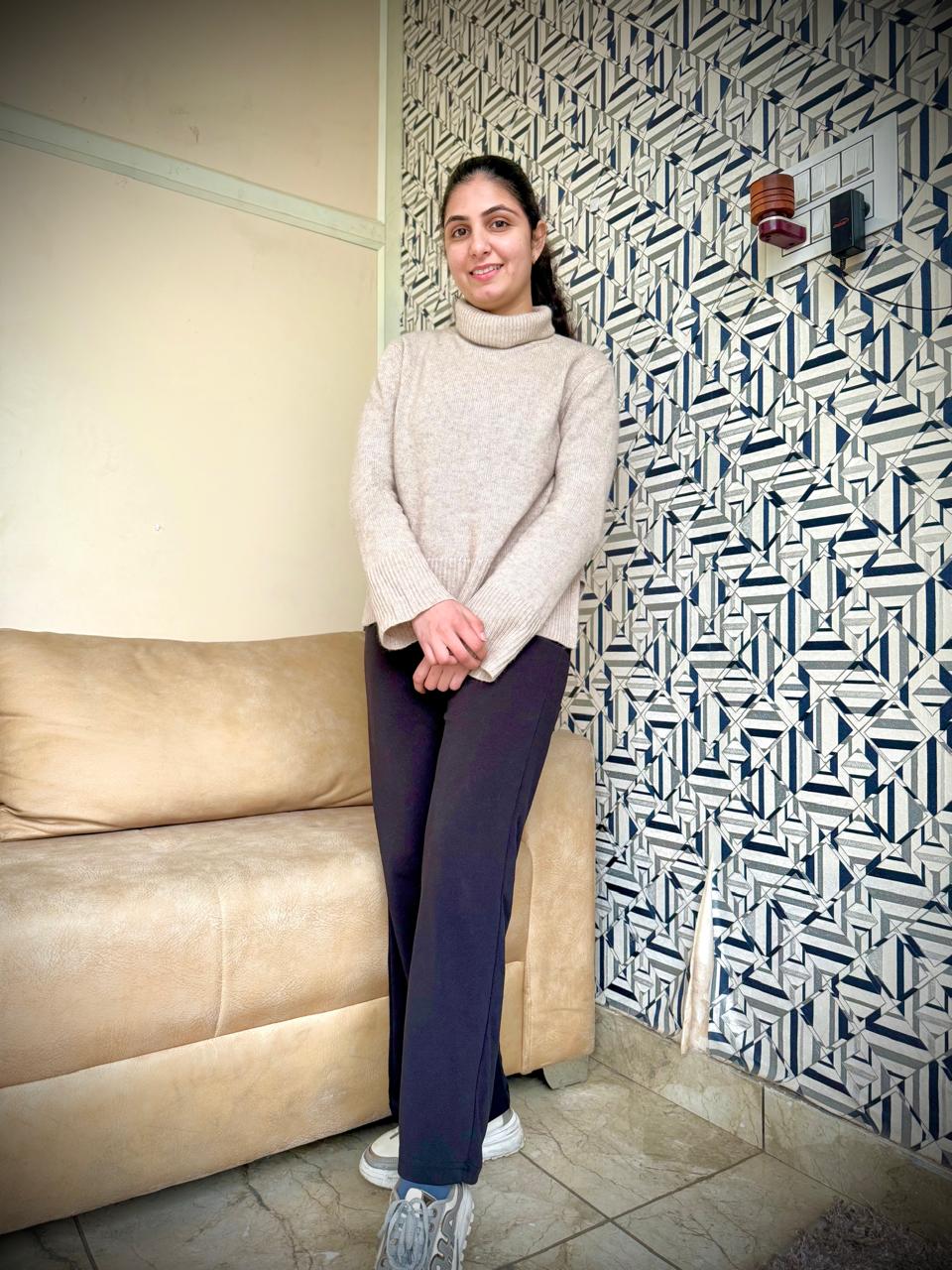
Creative writing is an essential skill that helps students express thoughts clearly and effectively. Many schools work to improve this ability, but convent schools are often recognized for their special focus on language development. A well-structured academic environment, a strong English curriculum, and personalized attention are key reasons why convent schools succeed in nurturing creative writers. This article explores how convent schools build and strengthen creative writing skills in students.
Table of Contents
Structured Curriculum and Language Emphasis
- English as the Primary Medium:
Most convent schools use English as the medium of instruction. Constant exposure to spoken and written English helps students think and write more fluently in the language. - Dedicated Writing Periods:
Scheduled time is given for essays, stories, and journal writing, encouraging regular practice. - Focus on Grammar and Vocabulary:
Daily lessons include vocabulary building, grammar drills, and sentence construction exercises that form a strong base for creative writing. - Literature-Based Learning:
Students read poems, novels, and short stories from a young age. Exposure to different styles and authors improves imagination and writing techniques.
Well-Trained and Supportive Teachers
- Experienced Faculty:
Teachers often come with specialized training in English and literature, which allows them to guide students better in creative writing. - Feedback-Oriented Approach:
Individual attention is given to each student’s writing with suggestions, corrections, and praise, helping them grow with confidence. - Creative Assignments:
Teachers design unique writing tasks like writing letters to historical characters, diary entries, or alternate endings to known stories.
Extra-Curricular Activities Enhancing Writing Skills
- Debate and Elocution Clubs:
Speaking clearly and thinking quickly helps students organize thoughts better, which reflects in their writing. - Essay Writing Competitions:
Regular contests push students to write under deadlines and on diverse topics, improving speed and creativity. - School Magazines and Newsletters:
Contributions to school publications give students a real platform and audience for their writing.
Peaceful Environment That Encourages Thinking
- Disciplined Atmosphere:
A calm and structured environment allows students to focus more on creative tasks without distractions. - Moral Education Sessions:
Weekly moral science lessons often include story-based learning, which strengthens narrative thinking. - Value-Based Stories:
Exposure to meaningful stories during prayers or assemblies fosters imagination and teaches emotional expression.
Creative Writing Exercises in Daily Learning
- Story Starters and Prompts:
Teachers give imaginative lines or pictures to help students build stories. - Character and Plot Building:
Classroom activities focus on creating characters with emotions and writing plots with suspense or humor. - Peer Review Methods:
Students are encouraged to read each other’s work and provide feedback, which improves both reading and writing abilities.
Personalized Learning Techniques
- Student Journals:
Diaries and journals are part of classroom activities where students freely express their ideas and feelings. - One-on-One Mentoring:
Slow writers receive special attention with customized tasks and encouragement to improve at their own pace. - Flexible Writing Topics:
Students are often allowed to choose their topics, promoting creativity and independent thinking.
Use of Educational Tools and Resources
- Audio-Visual Aids:
Videos, animations, and recordings help students visualize stories before writing them. - Reading Corners:
Special reading areas in classrooms or libraries are filled with books that inspire students to write. - Digital Platforms for Writing:
Some schools use educational apps or websites where students write and get feedback from both teachers and peers.
Comparison: Traditional Schools vs. Convent Schools in Creative Writing
| Feature | Traditional Schools | Convent Schools |
|---|---|---|
| Focus on English Writing | Moderate | Strong and continuous |
| Dedicated Writing Time | Occasionally | Regular periods allocated |
| Teacher Training in Literature | Basic | Advanced and specialized |
| Writing Competitions | Once in a while | Frequently organized |
| Student Publications | Rare | Encouraged through newsletters |
| Use of Story Prompts | Limited | Regularly used |
| Feedback on Writing | General corrections | Detailed and supportive |
| Creative Assignments | Textbook-based | Imaginative and interactive |
Key Benefits of the Convent School Approach
- Stronger Language Foundation:
Students master grammar and vocabulary from an early stage. - Greater Confidence:
Regular writing and public speaking build strong communication abilities. - Better Emotional Expression:
Writing stories or poems helps students express feelings and thoughts. - Early Exposure to Literature:
Reading habits improve imagination and creativity. - Supportive Learning Environment:
Teachers and peers offer encouragement and constructive feedback.
Creative Writing Activities Common in Convent Schools
| Activity Type | Purpose |
|---|---|
| Journal Writing | Encourages personal expression |
| Picture Story Prompts | Sparks imagination through visuals |
| Role-Play Based Writing | Builds characters and scenarios |
| Poetry Writing | Explores emotions and rhythm |
| Group Story Building | Teaches collaboration and plotting |
| Moral Story Writing | Combines values with storytelling |
Summing Up
Convent schools play a vital role in building creative writing skills by offering a supportive, structured, and language-rich environment. Regular writing exercises, engaging activities, and expert guidance help students unlock their potential. A student growing up in a convent school not only learns how to write but also discovers how to express ideas, emotions, and stories in the most creative ways possible.





